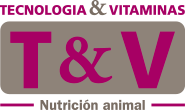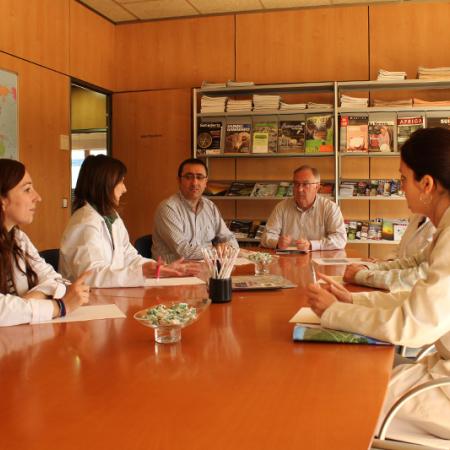Importance diarrhoea in lambs
In the first three weeks of life of the lambs one of the main deseases encountered the farms is the diarrheal syndrome. This problem is common in extensive, intensive and semi-extensive farms both milk and meat ones.
The importance of this illness lies mainly in its effects. These are detailed below, however, it is worth mentioning that the diarrheal syndrome is largly the result of the errors in handling, so the observed effects depend on the factors such as the type of production system, the type of wrong management and its scope and many other factors.
One of the points indicating the importance of this illness is the percentage of affected farms.
Throughout several studies, separately and under different perspectives, it can be seen that the diarrheal syndrome of lambs is the first desease reported by the farmers, 87 % of them declare it to be found in meat cattle. Furthermore, the diarrheal syndrome is the prime reason for veterinary help demand by lamb farmers. Moreover, it is also on the first place in the samples sent by the vets to the labs.
The studies carried out in various countries to obtain individual prevalence of diarrheal syndrome had similar values: 13.7% in Spain (Zaragoza Faculty Of Veterinary Medicine), 15.7% in Turkey (Gökçe and Erdogăn, 2009), 15.4% in the UK (French and Morgan, 1996). In the studies of diarrheal outbreaks, the prevalence was 100%.
The temperature and relative humidity (RH) are determining factors which may cause an increase in individual prevalence. High humidity augments the prevalence, while the temperature > 18 º maintained for a long period of time increases the pathogenic effect of the syndrome.
The figures for mortality, morbidity and lethality differ depending on a study and a farm, in many cases, the handling and the etiologic agent of each case play a great role.
In addition to the mortality effect, there are also important consequences in terms of growth and production.
The economic effect of diarrheal syndrome is not only due to mortality and production decline, but also diagnosis, treatments, labor and the risk to public health are involved.
In dual purpose herds the sheep are incorporated in milking later because of the lamb growth retardation, thus decreasing the milk production. Furthermore, no emptying of the udder increases the risk of mastitis. All these facts affect the herd breeding, especially dairy cattle, because of the loss of potentially more productive animals.
- 2170 reads
Adjusted production

Tecnovit present two standard production lines, products in powder and liquid. Discover the exclusive use of containers as the product being manufactured.
CDTI Development

The Center for Industrial Technological Development (El Centro para el Desarrollo Tecnológico Industrial (CDTI) is a Public Enterprise under the Ministry of Economy and Competitiveness which promotes the innovation and technological development of Spanish companies.











